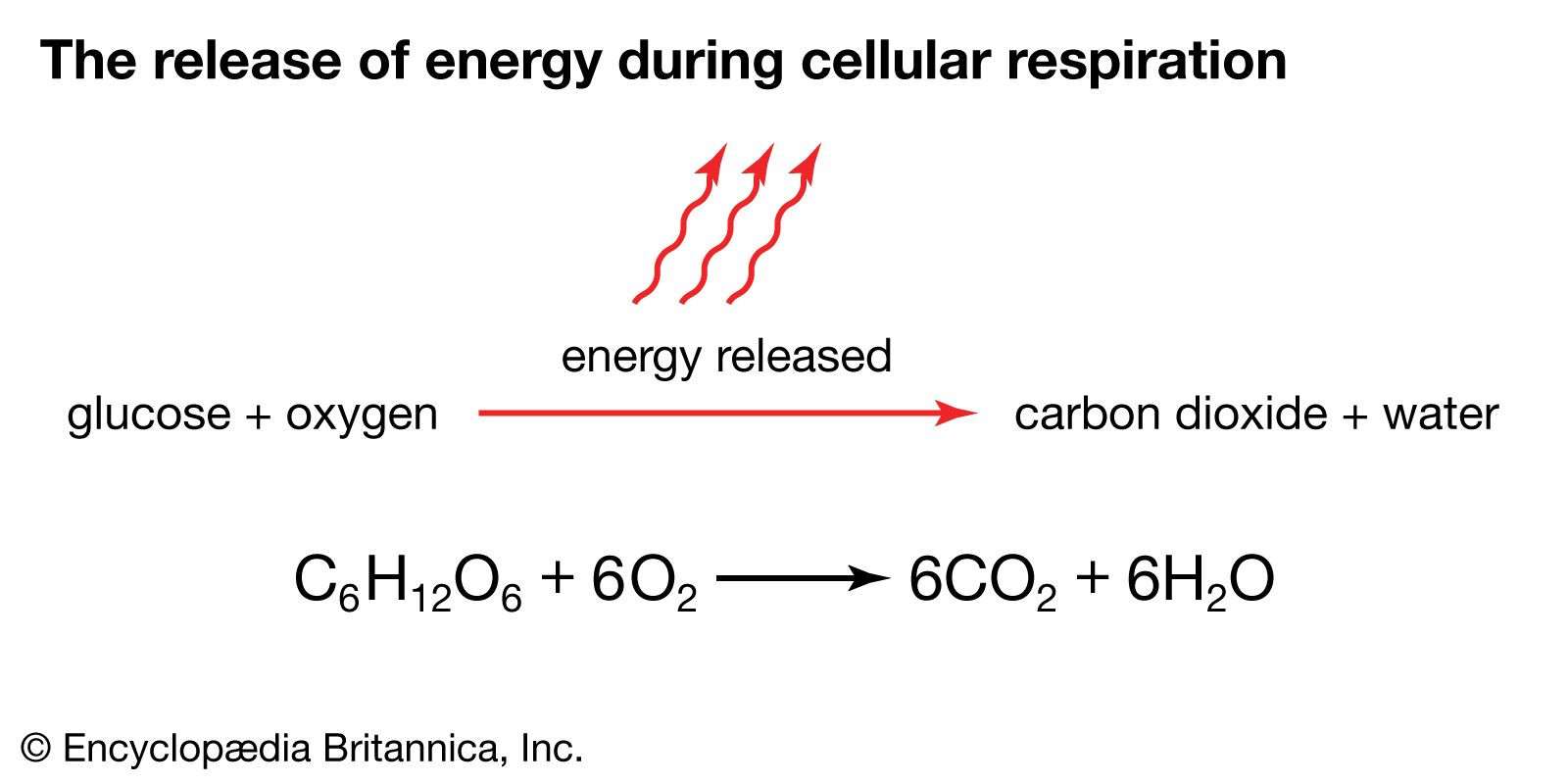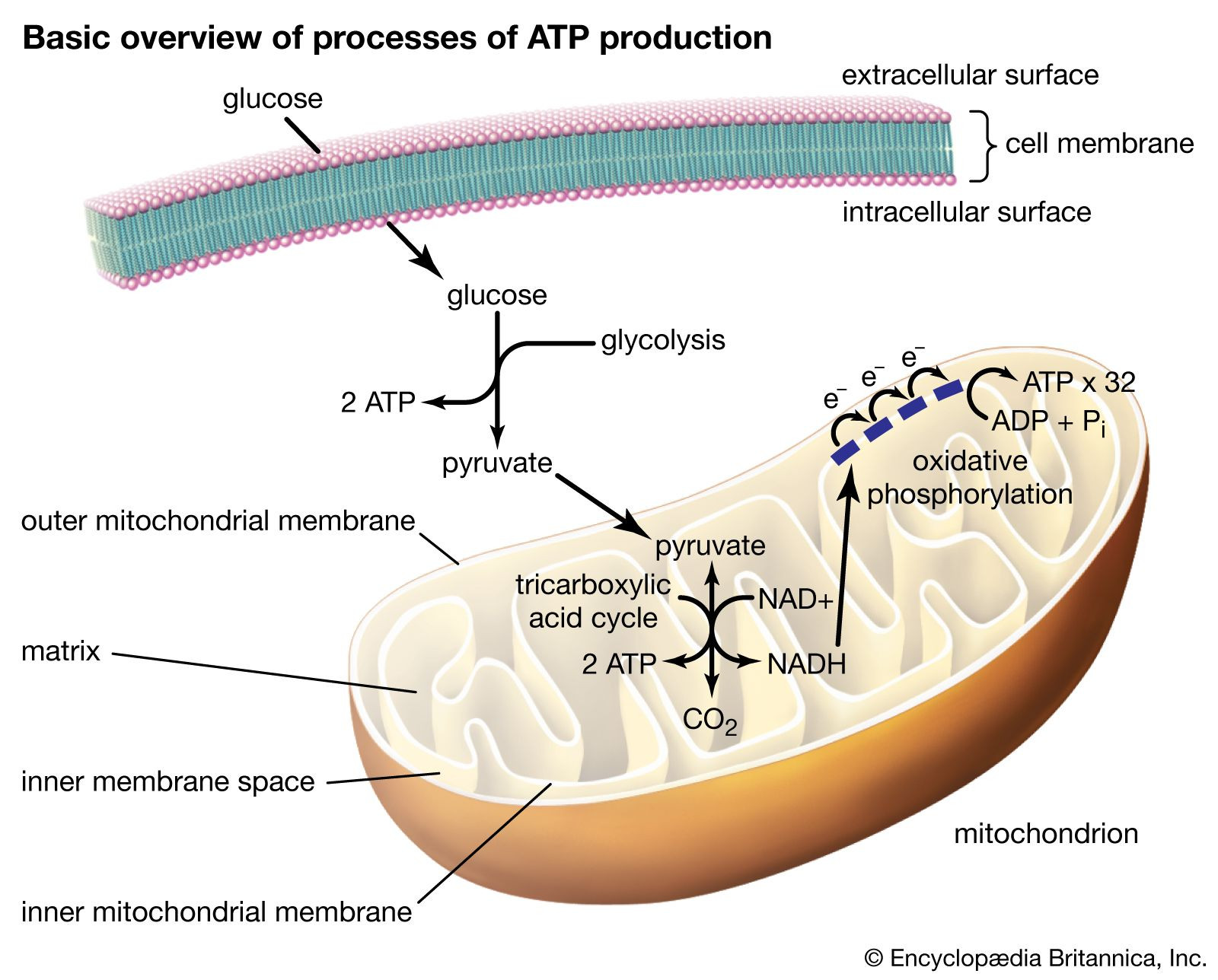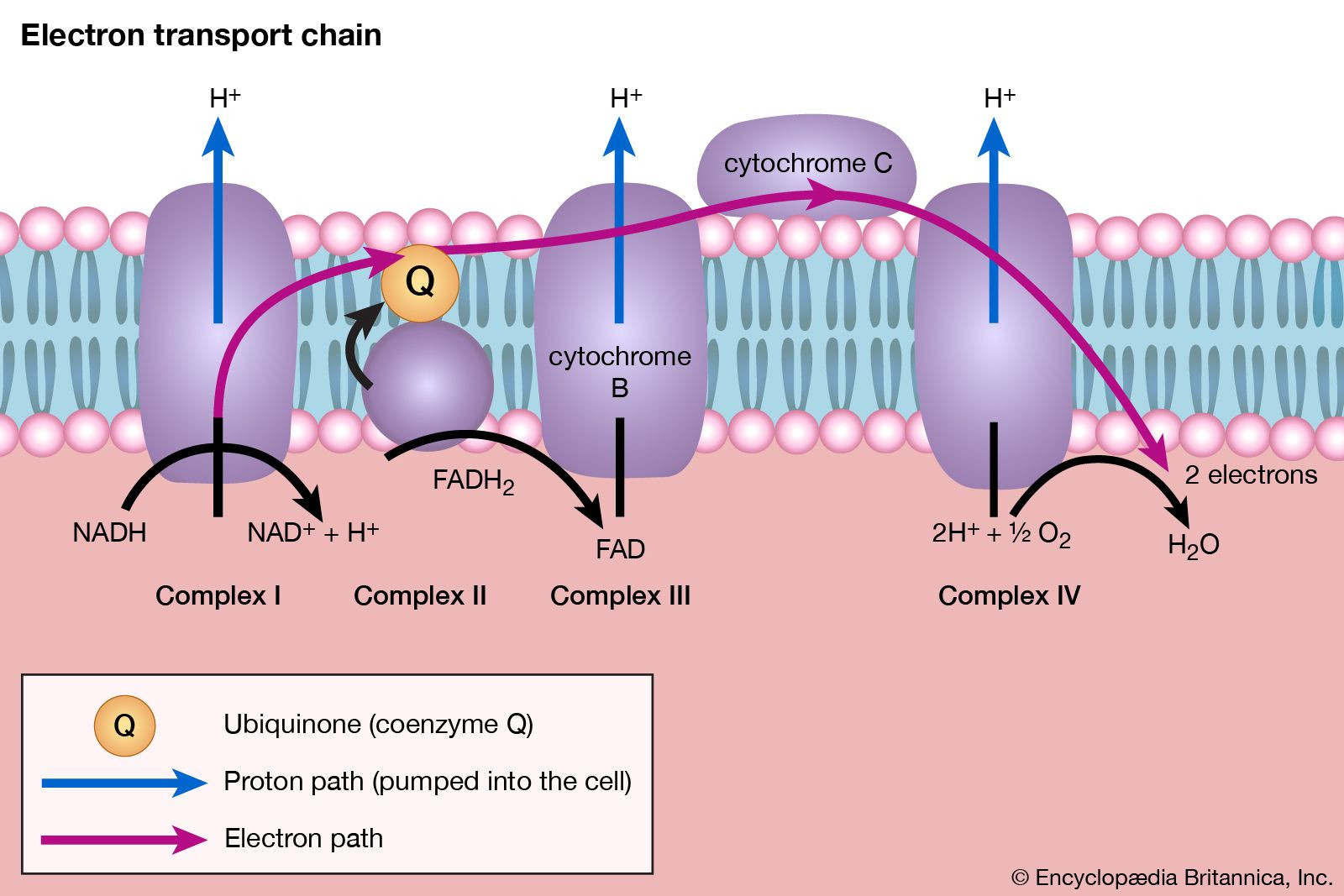Cellular respiration is a fundamental process for life, converting the energy stored in food into a usable form of energy for cells: adenosine triphosphate (ATP). This complex series of biochemical reactions is essential for powering nearly every activity within a cell, from muscle contraction to protein synthesis. But Where Does Cellular Respiration Take Place In The Cell? The answer isn’t a single location; it’s a journey through different cellular compartments, each playing a crucial role.
Cellular Respiration: An Overview
Cellular respiration is the process by which organisms combine oxygen with foodstuff molecules, such as glucose, to produce energy. In essence, it’s a controlled burning of fuel molecules. This process releases the chemical energy stored within these molecules and converts it into ATP, the cell’s energy currency. Waste products of this process include carbon dioxide and water.
For eukaryotic cells, those with a nucleus and membrane-bound organelles, the location of cellular respiration is intricately linked to specific organelles, most notably the mitochondria. However, the initial stage of this process begins elsewhere.
The Stages of Cellular Respiration and Their Locations
Cellular respiration is broadly divided into three main metabolic stages: glycolysis, the tricarboxylic acid cycle (TCA cycle), and oxidative phosphorylation. Each of these stages occurs in a distinct location within the cell, optimizing the process for energy production.
Glycolysis: The Cytoplasm
 Diagram illustrating glycolysis in the cytoplasm and cellular respiration stages within mitochondria.
Diagram illustrating glycolysis in the cytoplasm and cellular respiration stages within mitochondria.
The first stage, glycolysis, takes place in the cytoplasm of the cell. The cytoplasm is the gel-like substance that fills the cell, outside of the nucleus and organelles. Glycolysis is an anaerobic process, meaning it does not require oxygen. In this stage, a glucose molecule (a 6-carbon sugar) is broken down through a series of ten enzymatic reactions into two molecules of pyruvate (a 3-carbon molecule).
During glycolysis, a small amount of ATP is produced directly. More importantly, glycolysis also generates NADH (nicotinamide adenine dinucleotide), an electron-carrying molecule that will be crucial for the later stages of cellular respiration.
Pyruvate Oxidation (Transition Reaction): Mitochondrial Matrix
The pyruvate molecules produced in glycolysis then move into the mitochondria, often referred to as the “powerhouses of the cell”. Specifically, pyruvate oxidation, sometimes called the transition reaction, occurs in the mitochondrial matrix, the space inside the inner membrane of the mitochondria.
In the mitochondrial matrix, each pyruvate molecule undergoes a conversion process. It is converted into acetyl coenzyme A (acetyl CoA), a 2-carbon molecule. This step also generates carbon dioxide as a waste product and produces more NADH. Acetyl CoA is now ready to enter the next major stage.
Tricarboxylic Acid Cycle (TCA Cycle) or Krebs Cycle: Mitochondrial Matrix
 Overview of ATP production stages in eukaryotic cells, highlighting mitochondria as the location for the TCA cycle and oxidative phosphorylation.
Overview of ATP production stages in eukaryotic cells, highlighting mitochondria as the location for the TCA cycle and oxidative phosphorylation.
The tricarboxylic acid cycle (TCA cycle), also known as the Krebs cycle or citric acid cycle, also takes place in the mitochondrial matrix. This cycle is a series of eight enzymatic reactions that further oxidize the acetyl CoA derived from pyruvate.
In the TCA cycle, acetyl CoA combines with a 4-carbon molecule, and through a series of reactions, regenerates that 4-carbon molecule while releasing carbon dioxide. Crucially, the TCA cycle generates a significant amount of electron carriers: NADH and FADH2 (flavin adenine dinucleotide). It also produces a small amount of ATP directly. The primary role of the TCA cycle is to harvest high-energy electrons from fuel molecules, which will be used in the final stage.
Oxidative Phosphorylation: Inner Mitochondrial Membrane
 Electron transport chain location within the inner mitochondrial membrane during oxidative phosphorylation, a key stage of cellular respiration.
Electron transport chain location within the inner mitochondrial membrane during oxidative phosphorylation, a key stage of cellular respiration.
The final stage of cellular respiration, oxidative phosphorylation, is where the majority of ATP is produced. This process occurs across the inner mitochondrial membrane, which is folded into cristae to increase surface area. Oxidative phosphorylation consists of two main components: the electron transport chain and chemiosmosis.
The electron transport chain (ETC) is a series of protein complexes embedded in the inner mitochondrial membrane. NADH and FADH2, generated in glycolysis, pyruvate oxidation, and the TCA cycle, donate their electrons to the ETC. As electrons move through the chain, energy is released and used to pump protons (H+) from the mitochondrial matrix into the intermembrane space (the space between the inner and outer mitochondrial membranes). This pumping creates an electrochemical gradient, with a higher concentration of protons in the intermembrane space.
Chemiosmosis then utilizes this proton gradient to drive ATP synthesis. Protons flow back down their concentration gradient, from the intermembrane space into the mitochondrial matrix, through a protein complex called ATP synthase. This flow of protons powers ATP synthase to phosphorylate ADP (adenosine diphosphate) and generate large amounts of ATP. Oxygen acts as the final electron acceptor in the ETC, combining with electrons and protons to form water.
Cellular Respiration in Prokaryotes
While eukaryotic cells rely heavily on mitochondria for cellular respiration, prokaryotic cells, such as bacteria and archaea, lack membrane-bound organelles. In prokaryotes, glycolysis still occurs in the cytoplasm. However, the subsequent stages of cellular respiration, including the TCA cycle and oxidative phosphorylation, take place in the cytoplasm and across the cell membrane. The electron transport chain is located in the plasma membrane of prokaryotic cells, and the proton gradient is established across this membrane.
Conclusion
In summary, cellular respiration takes place in different locations within the cell, depending on the stage:
- Glycolysis: Cytoplasm
- Pyruvate Oxidation: Mitochondrial Matrix (in eukaryotes) / Cytoplasm (in prokaryotes)
- TCA Cycle: Mitochondrial Matrix (in eukaryotes) / Cytoplasm (in prokaryotes)
- Oxidative Phosphorylation: Inner Mitochondrial Membrane (in eukaryotes) / Cell Membrane (in prokaryotes)
This compartmentalization in eukaryotic cells, particularly the central role of mitochondria, allows for efficient and controlled energy production. Understanding where cellular respiration takes place provides crucial insights into how cells power life processes and highlights the elegant organization within even the smallest units of life.


